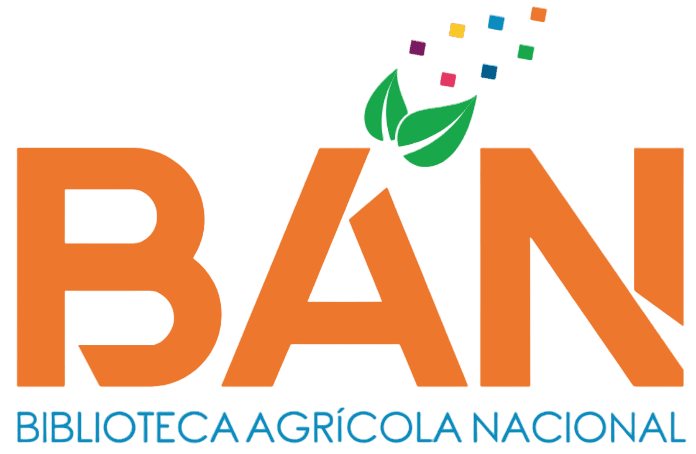Biol en la producción de zanahoria (Daucus carota) cv. Japonesa en condiciones de Lurín
Loading...
Código QR
Authors
Pardo Palomino, Anahi María Celeste
Contact Email
Abstract
La presente investigación se realizó en un huerto en el distrito de Lurín, región Lima durante los meses de julio a diciembre del año 2022. Este consistió en la aplicación foliar de dos concentraciones de biol en tres diferentes momentos, todo ello con el objetivo de evaluar su efecto en la producción en el cultivo de zanahoria cv. Japonesa. El diseño experimental utilizado fue un diseño de bloques completos al azar (DBCA) con arreglo factorial 2 x 3 + 1, teniendo un total de 7 tratamientos incluyendo al testigo, repartidos en cuatro bloques. Las concentraciones utilizadas fueron de 12,5% y 25% de dilución mientras que los momentos de aplicación fueron a la emergencia (21 dds), cuatro hojas verdaderas (41 dds) e inicio de engrosamiento de la raíz (55 dds). Se evaluaron tanto, características de producción (rendimiento de parcela) así como de crecimiento (altura de planta, número de hojas, longitud de hojas, diámetro de raíz, longitud de raíz, porcentaje de materia seca de hojas y raíz). Finalmente, los resultados obtenidos no mostraron diferencias significativas entre una u otra concentración, ni tampoco entre los diferentes momentos de aplicación sobre ninguna de las ocho variables estudiadas en cada tratamiento. Sin embargo, el tratamiento 6 con aplicación de 25% de biol al momento de engrosamiento de raíz (55 dds), mostró numéricamente los mejores resultados en cuatro variables estudiadas, incluida el rendimiento por parcela.
The present investigation was carried out in a field in the district of Lurín, Lima region; between the months of july to december of 2022. It consisted in the foliar application of two concentrations of biol at three different moments, with the objective of evaluating its effect on production in the carrot crop. The experimental design used was a randomized complete block design (DBCA) with a 2 x 3 + 1 factorial arrangement, having a total of 7 treatments including the control, divided into four blocks. The ANOVA and the Student-NewmanKeuls test was used as a post hoc test. The concentrations used were 12,5% and 25% dilution and, the moments of application were emergence (21 das), four true leaves (41 das) and beginning of root thickening (55 das). Both, production characteristics (plot yield) and growth characteristics (plant height, number of leaves, leaf length, root diameter, root length, percentage of dry matter of leaves and root) were evaluated. Finally, the results obtained do not show significant differences with a 95% confidence level, between one concentration or another, nor between the different application times on any of the eight variables studied in each treatment; However, treatment 6 – T6 (25% Biol - AER) showed numerically the best performance in four variables studied, including yield per plot, so it can be inferred that a higher concentration of biol applied at the beginning of thickening of the root (55 das) shows higher results regarding yield per plot.
The present investigation was carried out in a field in the district of Lurín, Lima region; between the months of july to december of 2022. It consisted in the foliar application of two concentrations of biol at three different moments, with the objective of evaluating its effect on production in the carrot crop. The experimental design used was a randomized complete block design (DBCA) with a 2 x 3 + 1 factorial arrangement, having a total of 7 treatments including the control, divided into four blocks. The ANOVA and the Student-NewmanKeuls test was used as a post hoc test. The concentrations used were 12,5% and 25% dilution and, the moments of application were emergence (21 das), four true leaves (41 das) and beginning of root thickening (55 das). Both, production characteristics (plot yield) and growth characteristics (plant height, number of leaves, leaf length, root diameter, root length, percentage of dry matter of leaves and root) were evaluated. Finally, the results obtained do not show significant differences with a 95% confidence level, between one concentration or another, nor between the different application times on any of the eight variables studied in each treatment; However, treatment 6 – T6 (25% Biol - AER) showed numerically the best performance in four variables studied, including yield per plot, so it can be inferred that a higher concentration of biol applied at the beginning of thickening of the root (55 das) shows higher results regarding yield per plot.
Description
Universidad Nacional Agraria La Molina. Facultad de Agronomía. Departamento Académico de Horticultura
Keywords
Agricultura orgánica
Citation
Date
2025
Collections
Seleccionar año de consulta:
Licencia de uso

Excepto si se señala otra cosa, la licencia del ítem se describe como info:eu-repo/semantics/openAccess

